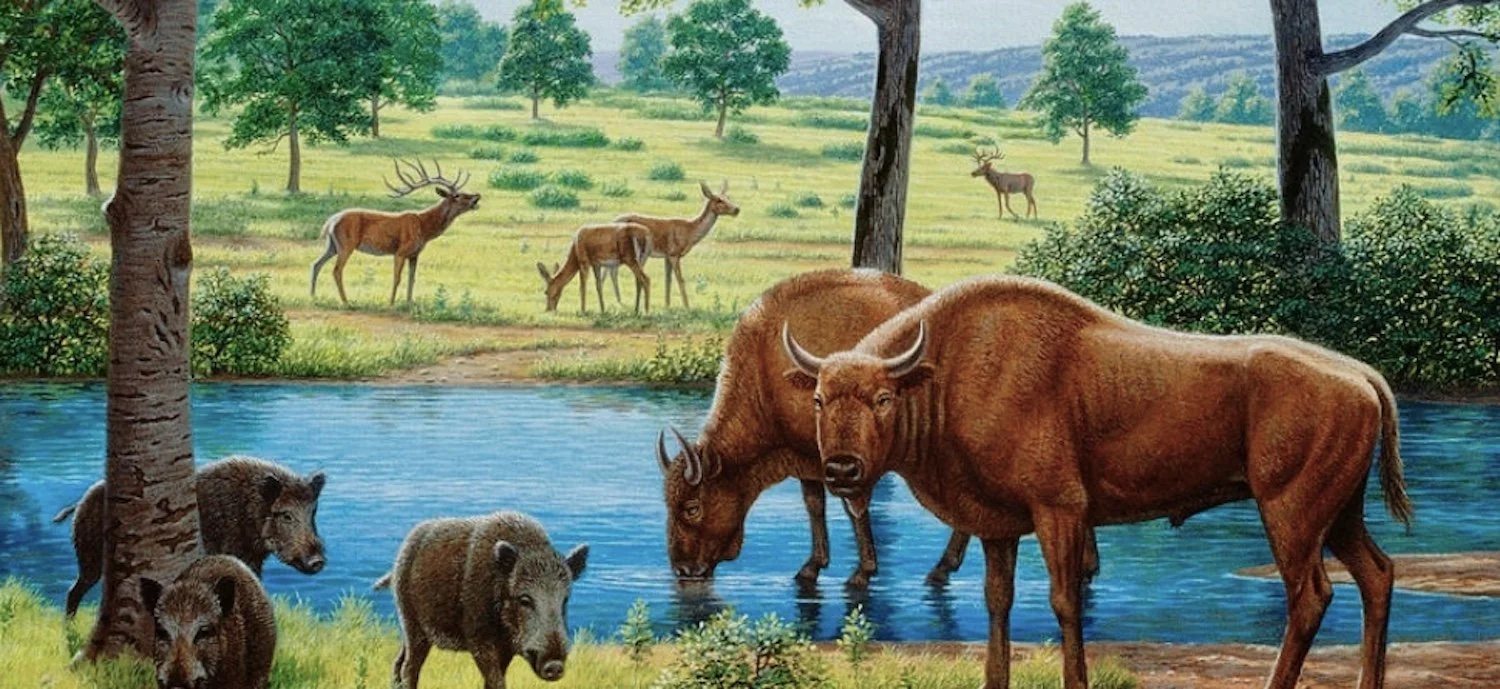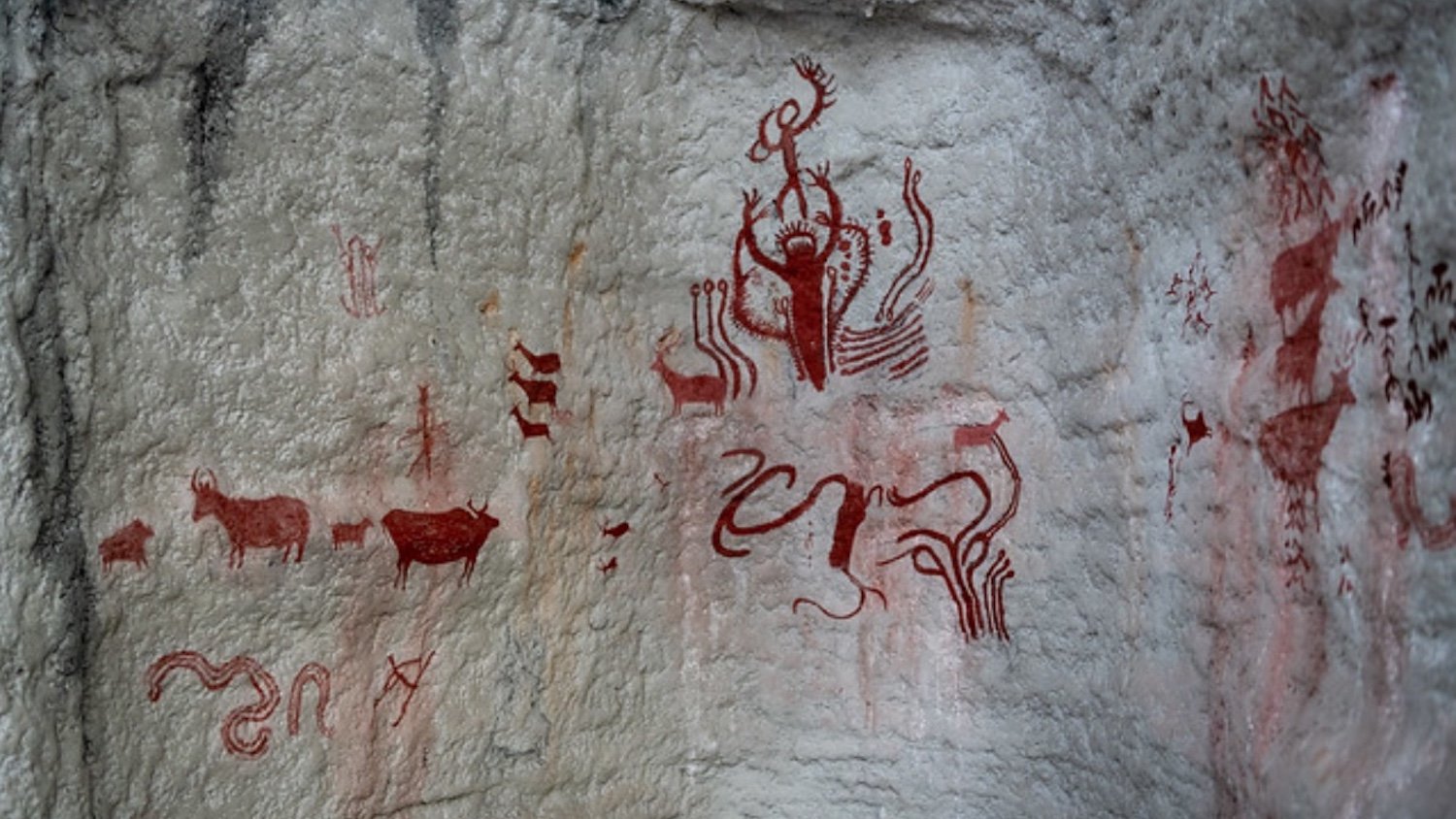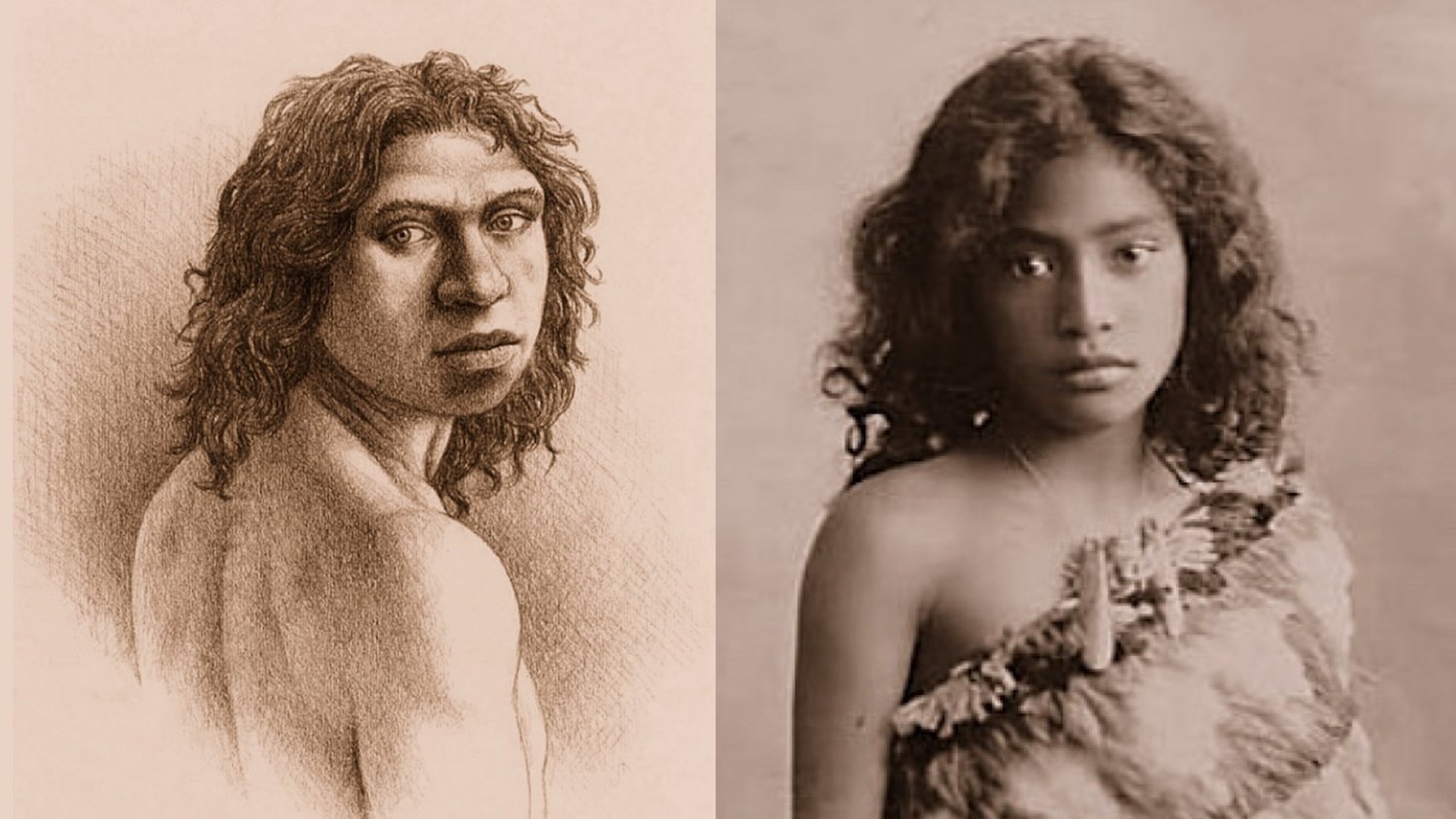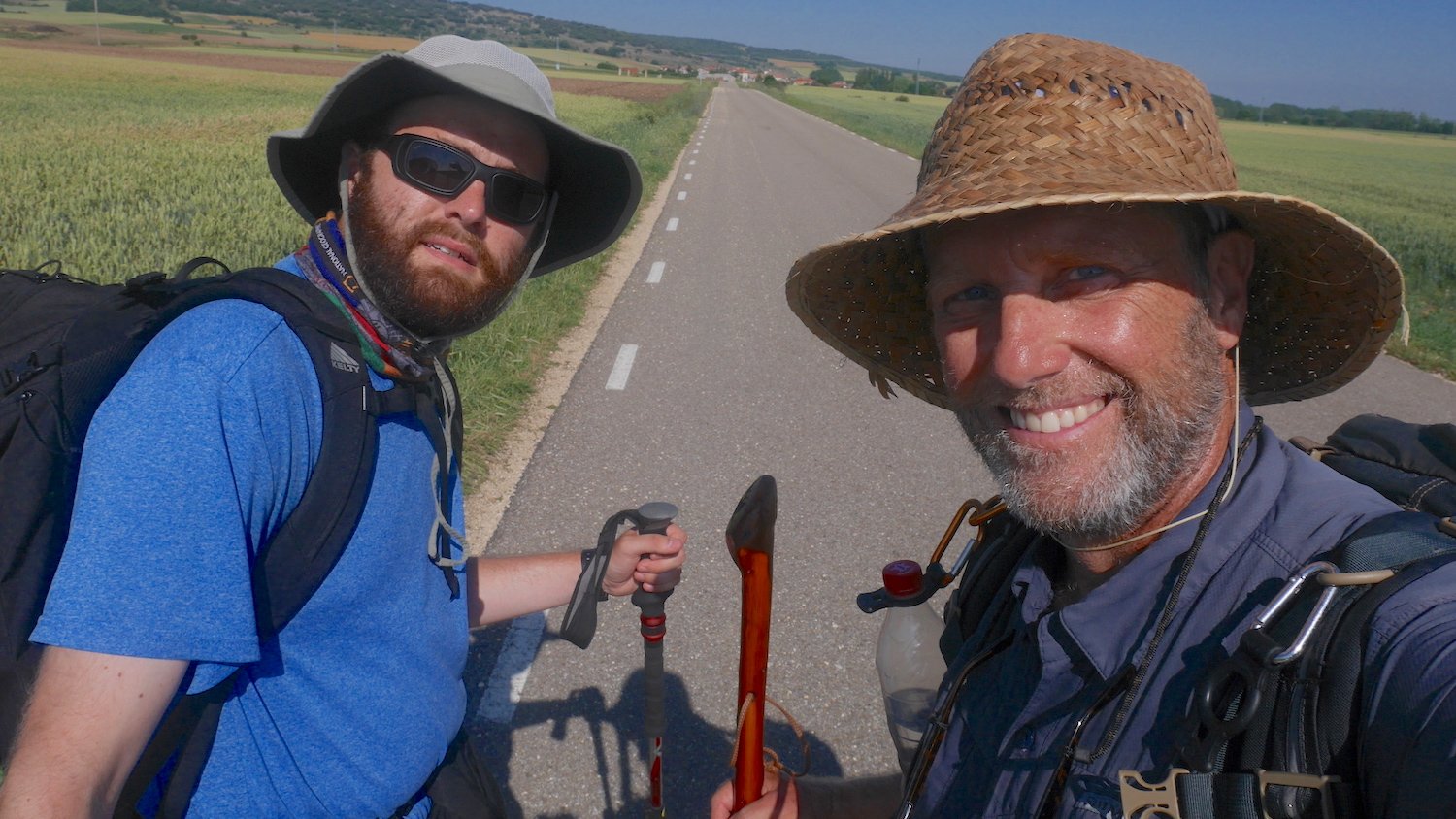We descended from the mountains and San Juan de Ortega; the forest drew back. A plain opened up, lush with knee-high grass. The trail deposited us on a blacktop road. It angled toward a distant ridge. We followed the blacktop, bridged a small river (the río Vena), and approached a collection of masonry buildings known today as Atapuerca.
Sites and features in Spain mentioned here. Map courtesy of Google Earth (accessed 1/14/2022).
Atapuerca is a village of interest along the Camino Francés. The community was a 12th-century gift from the Spanish king to the Hospitallers of Saint John of Jerusalem. It was given to the Order to support their two-pronged mission to protect the region from the Moorish threat and to care for pilgrims on the way to Santiago de Compostela (for more on the Hospitallers and their Spanish mission, see our post here).
However, the importance of Atapuerca goes well beyond this medieval moment. Along a ridge of carbonate rock known as the Sierra de Atapuerca, archaeologists discovered early and robust evidence of humankind. These extraordinary finds put Atapuerca on the list of UNESCO’s World Heritage sites in the year 2000.*
As an Old World digger, I was pumped. With his background in the sciences, Bob was pumped too.
We met a new friend in Atapuerca.
The sun was overhead when we walked into the village. Drops of perspiration hung from our faces. We steered toward the first open café we could find. A beaded curtain served as a door and gave reason for the flies to pause before entering. A puppy, delighted by our arrival, met us at the portière, parted the curtain, and led us inside.
Walking sticks were parked by the door and packs were unshouldered. The tender inside made a splendid proposal: cold coca-cola with lemon. We added a pair of ham and cheese sandwiches to the order. We also inquired about visiting the archaeological site. To our dismay, we learned that several areas of the site were closed due to ongoing excavations. Other areas were closed one day each week (Mondays) and this was that day. Unless we spent the night, we would have to content ourselves with a view to the Sierra and the signage posted in town.
Deflated, we fetched the guidebook and sat down with our sandwiches.
Images of Atapuerca from Wikipedia. The image on the left shows the arcing railway cut and some of the features of the site. The image on the right shows the 2008 excavations in the Gran Dolina. Both of these images and fuller explanations may be found here (accessed 1/16/2022).
The site of Atapuerca came to the world’s attention in the decade of the 1970s. A deep railway cut through the ridge led to the discovery of a series of caves and burial pits used over the course of time. (see map above). Within these were thousands of bits and pieces of human remains (including several nearly intact skulls), artifacts, and painted panels of hunting scenes, geometric symbols, and graffiti. These residues of industrious and calculating peoples continue to be excavated and sequenced**
Graffiti found underground at Atapuerca suggests the presence of imaginative minds. One day I would like to see this paleoart with my own eyes. In the meantime, I appreciate photographs like this one posted by xiquinhosilva here (accessed 1/17/2022).
According to the excavators, some of the human remains at Atapuerca were even more ancient than Neandertal (Homo sapiens neanderthalensis), a prehistoric folk found throughout Spain. These new remains were given the name Homo antecessor, or “pioneer man.” Analysis suggested a date for them deep in the Ice Age (or Early Pleistocene epoch), a period that precedes our own (Holocene). It was suggested by the Atapuerca excavators that H. antecessor was the first folk to call Europe home, possibly as early as one million years before the present.
Such numbers are staggering.
The debate over H. antecessor’s place in the human tree continues to churn in academic circles. Anatomical study shows that the faces of these folk are very modern and may not even be considered a separate species from us (H. sapiens sapiens) at all. Other likenesses are nearer to Neandertals or another extinct human species known as H. heidelbergensis. For this reason, it has been proposed that H. antecessor may be the last common ancestor shared by modern humans and Neandertals. Future discoveries may yet distinguish the branches of this tree.***
An artistic representation of the ancient folk of Atapuerca. Image from here (accessed 1/14/2022).
If paleoanthropologists who hold to an evolutionary explanation of human origins struggle to place H. antecessor in an interpretive context, imagine the debate for those who hold to an alternative origin story.
For creationists who share a perspective that humanity (and the universe) was created very recently (like 10,000 years B.P. or less), presuppositions prevent conversation on topics like Atapuerca. For creationists who share a perspective that the universe is much more ancient, the initial challenge is eased, but new challenges arise.
For example, how does an “Old Earther” stay within the boundaries of the orthodox claim of a special creation for humanity (people are not like animals; people are made “in the image of God”), yet make room for biological developments in deep time? Is it possible that the term “human” is more multivalent than we once believed?
Artistic reconstruction of H. antecessor, ca. 1 million years B.P. (left); Photograph of a Polynesian girl, ca. 1910 (right).
The debate of the past decade or so suggests that it is possible, thanks to the work of researchers like Francis Collins (The Language of God, 2006), John Walton (The Lost World of Adam and Eve, 2015), and most recently, J. S. Swamidass (The Genealogical Adam and Eve, 2019). While different from each other in many ways, the conclusions of these believers are united in offering a paradigm that dismisses the false choice between science and faith. This is helpful. The “either-or” arguments are the real enemy here.
The debate over human origins marches on. As must we.
Bob and I pocketed our guidebooks, thanked the tender for lunch, and rejoined the trail to Santiago.
¡Buen Camino!
The blacktop took us across a plain. The Sierra de Atapuerca rises in the distance.
*See the UNESCO description of Atapuerca here (accessed 1/18/2022).
**A report in the Spanish paper Diario de Burgos dated January 18, 2022 suggests that the excavation team, directed by Juan Luis Arsuaga, Eudald Carbonell and José María Bermúdez de Castro, is unstoppable. The youngest of the three will soon turn 70 years of age. The group has worked together now for 42 years without interruption (including these covid years!) and describe Atapuerca as an “infinite deposit.” See the link here (accessed 1/18/2022).
***A recent (1/4/2020) study of dental enamel from H. antecessor and published in the journal Nature has underlined this conclusion. See the article here (accessed 1/18/2022).
Want to see Greece? Bible Land Explorers will have an opportunity to visit the cradle of Western Civilization in the Spring of 2023. In a sweep that moves from north to south, we trace the arrival of the gospel in the region. Thessaloniki, Philippi, Corinth, Mycenae, and Sparta are featured stops. We conclude this grand tour in Athens, the classical center of it all. Click here for the brochure or email me at markziese@gmail.com with your questions.








